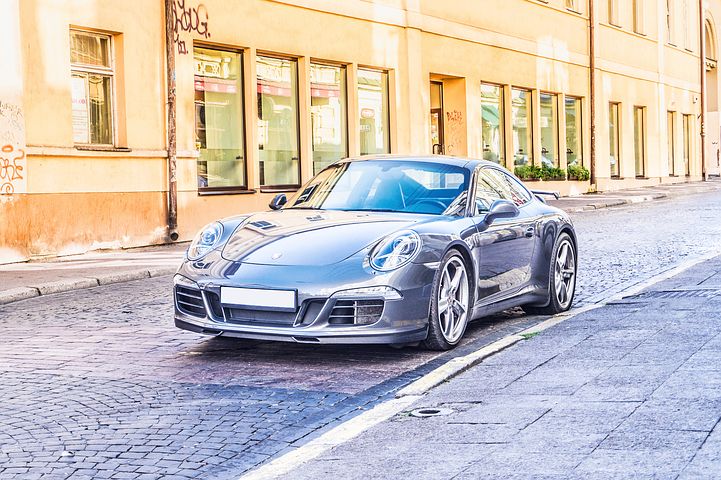- March 20, 2017
- No Comment
Automotive Manufacturers Use CNC to Build Lighter, Stronger Cars

The automotive industry, along with aerospace, were the first to adopt computer-aided manufacturing techniques into production lines. Since the 1960s, manufacturers have been utilising the technology to create stronger, lighter parts for their cars—at a fraction of the cost.
Australia’s obsession with the motorcar has been going strong since the first Australian-built Holden and Ford rolled off the production line. Due to the tyranny of distance, in the early 20th century, Australia was one of few countries in the world manufacturing cars from beginning to vroom. Now, with our last 2 manufacturers due to cease Australian production in 2017, this era of Australian-made grunt is coming to an end.
In other markets, however, the advent of CNC machining has meant that reliability, speed and weight have all seen vast improvements. CNC machines are able to manufacture parts to the highest possible tolerances—removing the issue of human error, and speeding up the process significantly. These days, just about any part can be created with CNC technology, and it won’t be long before we see the first entirely CNC-built automobile. Meeting ever-increasing demand for affordable, reliable cars, CNC technology is responsible for much of the production capability of manufacturers around the world.
The high-end market is also making use of advances in CNC machining technology to build racing and luxury cars. Not only are computer-aided machines able to produce extremely accurate parts on a grand scale, but they can take care of the design process as well.
Porsche’s 911 Spyder, designed by CAD (computer-aided design) was the first vehicle to complete a sub-7 minute lap of the famous Nürburgring.

Component-car manufacturer and racing-enthusiast Superlite Cars credits CNC technology with enabling them to create racing-quality suspension which performs better, lasts longer and resists corrosion unlike traditionally manufactured parts. They do admit though, that CNC machines are not necessarily a viable option for smaller manufacturers:
“Frankly most manufacturers don’t have modern CNC machining centres like Superlite, or the design tools needed to create these parts effectively, or skills honed over decades that make it possible to manufacture them at relatively low cost, even if they wanted to. But it contributes to the best handling and safest component cars on the market.”
Although CNC machining has been around for decades now, the technology is still relatively expensive on this kind of scale. As with all technological advances, time will see these prohibitive costs come down. With cheaper international manufacturers squeezing the Australian brands out of existence, CNC-related advances and cost savings may eventually see a resurgence in the Australian market. We can only hope!






